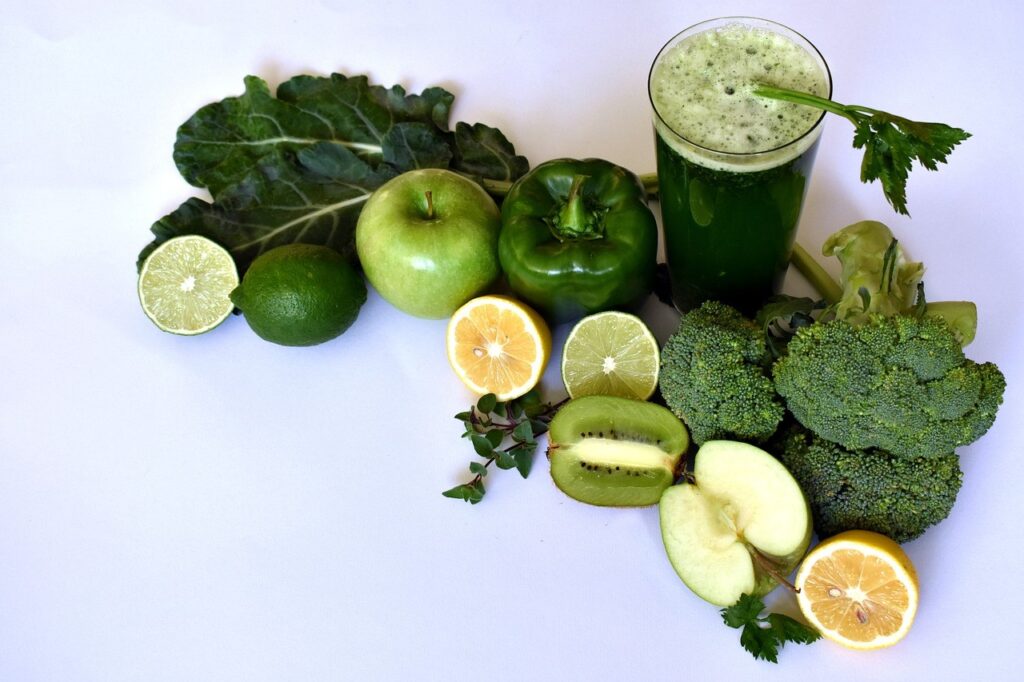Alcohol use disorder affects around 28.9 million Americans aged 12 and older, but only 2.3 million receive treatment. One likely reason for this disparity in numbers is the fear of dealing with alcohol withdrawal symptoms. These symptoms are mainly experienced during the detoxification process. This is also why it’s best to seek professional help to safely manage the alcohol use disorder detox process.
How Does Alcohol Detox Work
Alcohol detoxification or detox is the first step of the recovery process. It involves flushing out all traces of alcohol from the body and can be done through an inpatient or outpatient treatment program.
Detox for alcohol abuse or alcohol use disorder usually comes with withdrawal symptoms. The alcohol detox process may vary per treatment facility or treatment program, but it usually involves the following steps:
- Assessment. There will be a thorough assessment of the patient’s medical history including details of their alcohol misuse. The information will then be used to create a detox plan tailored to the patient’s specific needs.
- Alcohol Withdrawal. Alcohol will be flushed from the patient’s system. Since the body has been chemically adjusted to having alcohol regularly, this can result in withdrawal symptoms.
- Medication. The detox process often involves medication to prevent or manage certain withdrawal symptoms and co-occurring disorders.
- Continuing Care. The best treatment facilities include continuing care in their detox and treatment programs. They conduct careful monitoring during detox and subsequent treatment and provide after-care support to prevent relapse.
While it is an important step, alcohol detox alone does not guarantee recovery. It is merely the first step of the treatment plan that can also include therapies, other medications, and rehab.
What is Detox Like for an Alcoholic
Alcohol use disorder detox is one of the hardest parts for a person undergoing treatment for alcohol use disorder. It is the part of the recovery process where withdrawal symptoms strongly manifest. It is different for every alcoholic but in most cases, patients experience different alcohol detox symptoms within certain time frames.
Early Detox Stage
While some symptoms may manifest as early as two hours after the last drink, detox usually starts around 6-24 hours after the patient stops drinking. Medication is usually not required at this stage since symptoms are typically mild. Patients may experience headaches, vomiting, sweating, shaky hands, nausea, and anxiety.
Peak Detox Stage
This occurs 24-48 hours (as early as 12 hours for some) after the last drink and is generally the worst stage for patients undergoing detox. At this stage, most of the alcohol has been eliminated from the body. However, it’s also at this time that patients have strong cravings and are most likely to relapse. Medication and therapy are crucial at this stage.
Weakening Detox Stage
At this point, the body is adapting to the absence of alcohol in the system. As the symptoms begin to subside, medication can be slowly stopped and other forms of therapies may be introduced. In rare cases, severe symptoms (like delirium tremens) will set in within this 48-72 hour-time frame from the last drink.
Final Detox Stage
The final stage can last from 5 to 14 days after the patient starts detox. During this time, patients transition to the remainder of their treatment plan.
What Medication is Used for Alcohol Detox
Alcohol use disorder detox entails careful monitoring of the patient’s vitals and keeping the patient safe overall. Appropriate medication can also be given, mainly to help manage the alcohol detox symptoms.
Some of the common medications used during alcohol detox include the following:
- Benzodiazepines: These are used to help calm the central nervous system and prevent seizures and muscle spasms during withdrawal. Common benzos include chlordiazepoxide (Librium) and diazepam (Valium).
- Naltrexone: This is used to inhibit ‘alcohol high’ and help reduce alcohol cravings. This medication is usually given 7 to 10 days into the detox process.
- Acamprosate: This medication is given after the main withdrawal symptoms subside to help the brain function normally again. It helps reduce cravings and prevent relapse.
- Disulfiram: This is meant to deter alcohol consumption since drinking while on disulfiram has unpleasant effects. These negative effects include headache, facial flushing, and low blood pressure
Diet for Alcohol Detox
Prolonged drinking leads to nutritional deficiencies and an overall poorer health. On top of medications, a nutrient-packed diet is therefore important during detox for alcohol abuse. Proper nutrition not only improves physical health but can also help reduce cravings and anxiety during detox. A good detox diet must have the following:
- Green Vegetables: These help replenish the body’s nutrient supply and improve overall well-being. Vitamin B-rich vegetables like broccoli and asparagus are especially beneficial.
- Whole Grains: Whole grains like oats, brown rice, and quinoa help stabilize blood sugar and prevent mood swings and cravings during detox.
- Complex Carbohydrates: Foods like sweet potatoes, beans, and lentils are good sources of fiber (for digestion and feeling satisfied) and supply glucose to the brain (for mood swing prevention).
- Hydrating Fluids: Water helps maintain the body’s proper hydration levels during detox. Other nutrient-rich liquids like smoothies, soups and stews also help during alcohol detox.
- Nuts and Berries: These make for healthy snacks that can also help keep cravings at bay.

FAQ
What is the process of detoxification of alcohol?
Alcohol detoxification or detox is the complete removal of alcohol from the system of individuals with alcohol use disorder. This involves stopping alcohol consumption and managing the withdrawal symptoms that come with it. It may also include medications and therapies.
How long does alcohol detox last?
Alcohol detox typically lasts from 1 to 2 weeks. The length of time, along with the severity of withdrawal symptoms, varies depending on factors like duration and frequency of alcohol consumption, amount of alcohol intake, underlying health issues, and more.
Is it safe to detox from alcohol at home?
Yes, alcohol detox at home is possible but only for those experiencing mild symptoms. Even then, you must still consult your doctor. In general, it’s best to get into an alcohol detox program where you can have proper medical supervision during the entire process.
Safe Alcohol Detox for Long-Term AUD Recovery
Alcohol detox is a vital part of long-term recovery from alcohol use disorder. Unfortunately, it can easily get complicated and dangerous which is why it is best done under the supervision of healthcare professionals.
In Chicago, you can take that first step towards recovery with the help of the properly trained healthcare professionals at Positive Sobriety Institute who can help guide you toward a detox provider in your community. Our team understands how hard detox can be and the importance of continuing care so we have developed treatment programs, such as our Intensive Outpatient Program and Partial Hospitalization Program, to suit our patients’ unique needs. We provide discreet and compassionate care in a safe space. Start your detox and let us help you get on your way to successful, long-term recovery. Contact us today!


